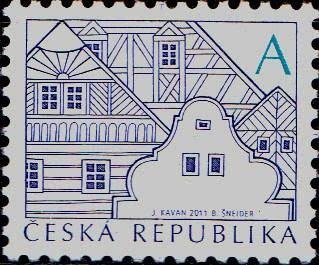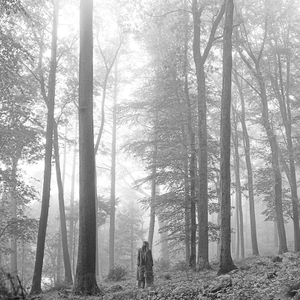Stamp: Folk Architecture - A (Czech Republic 2011)
Folk Architecture - A (Czech Republic 2011)
23 February (Czech Republic ) within release Folk Architecture goes into circulation Stamp Folk Architecture - A face value A No Face Value
| Stamp Folk Architecture - A in catalogues | |
|---|---|
| POFIS: | POF:CZ 674b |
Stamp is horizontal format.
Also in the issue Folk Architecture:
- Stamp - Folk architecture - A face value A;
- Stamp - Folk architecture - E face value E;
- Stamp - Folk Architecture - A face value A;
- Stamp - Folk Architecture face value E;
- Stamp - Folk Architecture face value A;
Stamp Folk Architecture - A it reflects the thematic directions:
Folklore is the body of expressive culture shared by a particular group of people; it encompasses the traditions common to that culture, subculture or group. These include oral traditions such as tales, proverbs and jokes. They include material culture, ranging from traditional building styles to handmade toys common to the group. Folklore also includes customary lore, the forms and rituals of celebrations such as Christmas and weddings, folk dances and initiation rites. Each one of these, either singly or in combination, is considered a folklore artifact. Just as essential as the form, folklore also encompasses the transmission of these artifacts from one region to another or from one generation to the next. For folklore is not taught in a formal school curriculum or studied in the fine arts. Instead these traditions are passed along informally from one individual to another either through verbal instruction or demonstration. The academic study of folklore is called folkloristics.
Architecture (Latin architectura, from the Greek ἀρχιτέκτων arkhitekton "architect", from ἀρχι- "chief" and τέκτων "builder") is both the process and the product of planning, designing, and constructing buildings and other physical structures. Architectural works, in the material form of buildings, are often perceived as cultural symbols and as works of art. Historical civilizations are often identified with their surviving architectural achievements.


